Plastic Pellets |Recycled Pet Pellet Pet
Plastic pellets, typically made from post-consumer waste, are small granules used as raw materials in various production processes. These pellets are essential for manufacturing plastic products through blown film extrusion, injection molding, and plastic molding. They are the foundational material for producing plastic films, bottles, containers, bags, and more.
Production of Plastic Pellets
Nurdles, commonly called “pre-production plastic pellets,” are tiny beads that serve as the building blocks for virtually all plastic products. These pellets can comprise various plastic types, including polyethylene, polypropylene, polystyrene, and polyvinyl chloride. Nurdles are a critical material in the large-scale production of plastics, and unfortunately, they also contribute to marine debris when improperly managed.
Plastic Pellet Production
Plastic pellet production involves creating these pre-production pellets, which are later melted and molded into finished plastic products. However, pellet pollution is a significant environmental concern, especially when these nurdles enter waterways and contribute to plastic pollution in marine environments.
Shelf Life of Plastic Pellets
Once molded into plastic pallets, these recycled plastic products are incredibly durable, spanning around 10 years under normal use conditions. They meet material, health, and safety standards, ensuring long-term performance.
Drying Plastic Pellets
Plastic pellets do not dry instantly. They must be heated to remove moisture, allowing water molecules to move freely. Sufficient time is needed for moisture to diffuse from the surface of hygroscopic materials or evaporate from non-hygroscopic materials.
Melting Temperature
Plastic pellets melt at specific temperatures depending on the type of plastic. For detailed information, reference a plastic material melt and mold temperatures table, which provides precise temperature ranges for various plastic types used in manufacturing.
What Are Plastic Pellets Used For?
Plastic pellets, made from post-consumer waste, are small granules utilized as raw materials in various production processes. They are essential in manufacturing products using blown film, injection, and plastic molding machines. These pellets are foundational for creating plastic films, bottles, containers, bags, and other plastic products.
What Are Nurdles in Plastic Production?
Nurdles, also known as “pre-production plastic pellets,” are tiny beads that are the basic building blocks for almost all plastic products. These pellets can comprise various plastics, including polyethylene, polypropylene, polystyrene, and polyvinyl chloride. Nurdles are integral to large-scale plastic manufacturing, providing the raw material from which various plastic items are created.
What Does Producing Plastic Pellets Mean?
Producing plastic pellets involves creating small, uniform granules later used in manufacturing processes to produce finished plastic products. However, these pellets can also become environmental pollutants, especially when they enter marine environments. This type of pollution, known as “plastic pellet pollution,” contributes significantly to marine debris.
What Is the Shelf Life of Plastic Pellets?
Recycled plastic pellets exhibit exceptional durability after being molded into plastic pallets or other products. These products can last around 10 years under normal use conditions. The recycled plastic materials meet industry standards for material quality and health and safety (H&S), ensuring long-lasting performance.
How Do You Dry Plastic Pellets?
Drying plastic pellets is a critical process to remove moisture. Heating the pellets allows water molecules to move freely. For hygroscopic materials, time is needed for moisture to diffuse from within the pellets. For non-hygroscopic materials, surface moisture must evaporate. This process ensures the pellets are adequately dried before further processing.
What Temperature Can Plastic Pellets Be Melted At?
The melting temperature of plastic pellets varies depending on the type of plastic. Each type of plastic, such as polyethylene or polypropylene, has a specific temperature range at which it melts and can be molded. For precise information, manufacturers often refer to a “Plastic Material Melt & Mould Temperatures Table,” which provides the necessary temperature ranges for different types of plastic during processing.



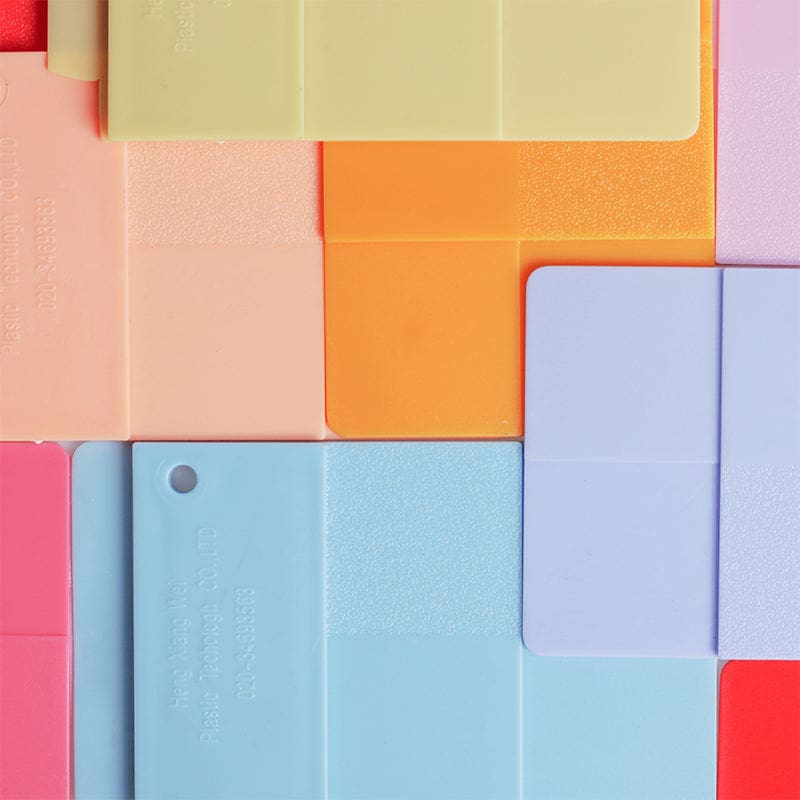

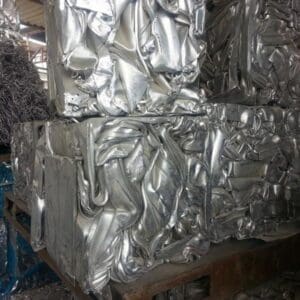

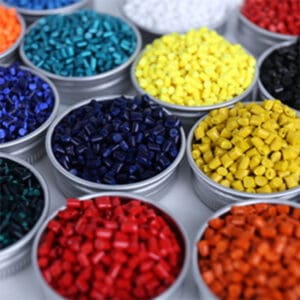
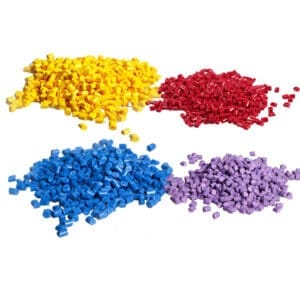


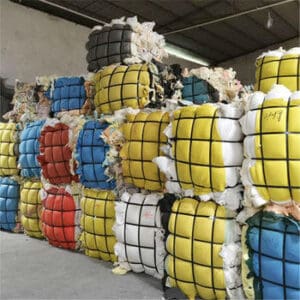
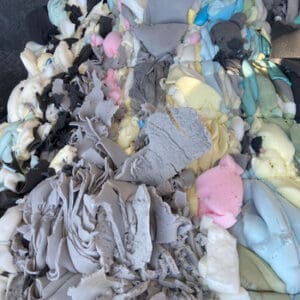


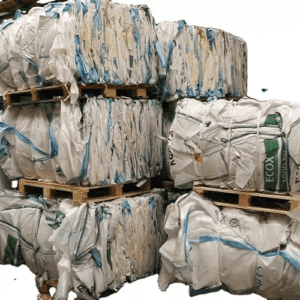
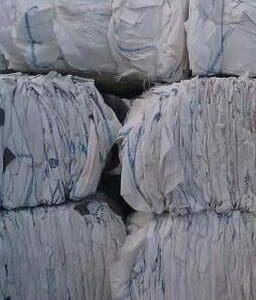




Reviews
There are no reviews yet.